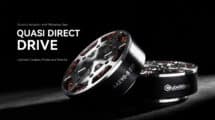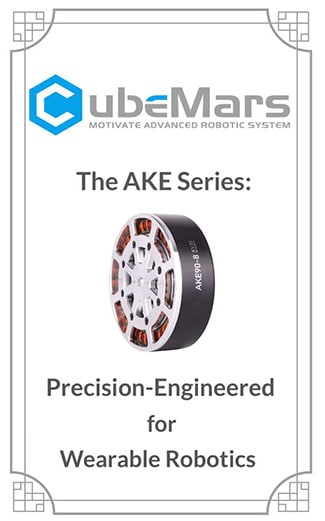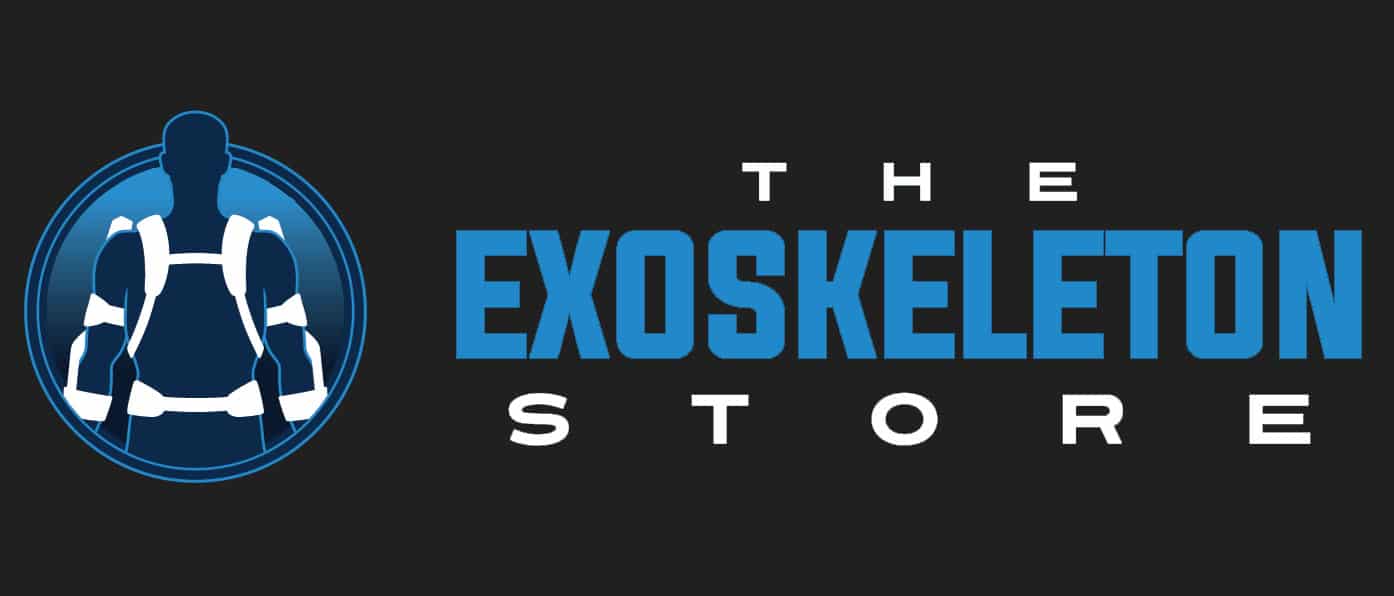A new study from the University of Florida tests a powered exoskeleton on a humanoid dummy with ballistic gel. The goal is to simulate the soft tissues in the human body, such as muscle, fat, ligaments, and blood vessels. When wearables are tested on mannequins or other humanoid constructs, they tend to be rigid and not the best human body simulation. The study, “Soft tissue can absorb surprising amounts of energy during knee exoskeleton use,” is a step forward in testing exoskeleton technology.
The Results:
The study finds that “despite similar joint kinematics, our findings show that increasing exoskeleton assistance did not notably change power transfer to the targeted joint, as soft tissue compressed under high forces. Our methodology improves exoskeleton design process by estimating energy distribution and transfer for exoskeletons while accounting for the effects of soft tissue deformation before human testing.” In other words, simulating the viscoelastic properties shows an energy loss that would not be apparent if the body is treated as a rigid object.
Viscoelastic:
This sounds like a complicated concept, but if you have ever traveled in a car, light rail, or by train, you are already familiar with this concept. Modern vehicles use a spring-dampen system (spring & shock absorber). One deals with displacement and tries to return a system to a resting place, while the other absorbs vibration and limits oscillation. Just like a car suspension can absorb the energy of a pothole in the road, the paper shows that the human body can do the same from the applied energy of an exoskeleton.
From a biological point of view:
On YouTube, Kayt Frisch has a delightful explanation of these properties. Watch only the first half of the video, which explains well where some of the energy from the powered exoskeleton is disappearing (Hysteresis). Soft tissues have the capability to deform, dissipate energy at different rates dependent on the speed and magnitude of compression against them, and then return back to their regular shape.
Therefore, the conclusions in this paper are not surprising. Still, they do raise the question of how many other studies, mathematical models, or virtual simulations on exoskeletons (and wearables in general) we have seen over the decades have considered the human body’s viscoelastic properties. This is a positive step in the testing of wearable robotics and similar devices, and one can only hope to see more papers that attempt to model the soft tissues in the human body as non-rigid elements.
Research Article:
2024 Soft tissue can absorb surprising amounts of energy during knee exoskeleton use; J. R. Soc. Interface.2120240539http://doi.org/10.1098/rsif.2024.0539
Barrutia W. Sebastian, Yumiceva Ada, Thompson Mai-Ly and Ferris Daniel P.








Add Comment